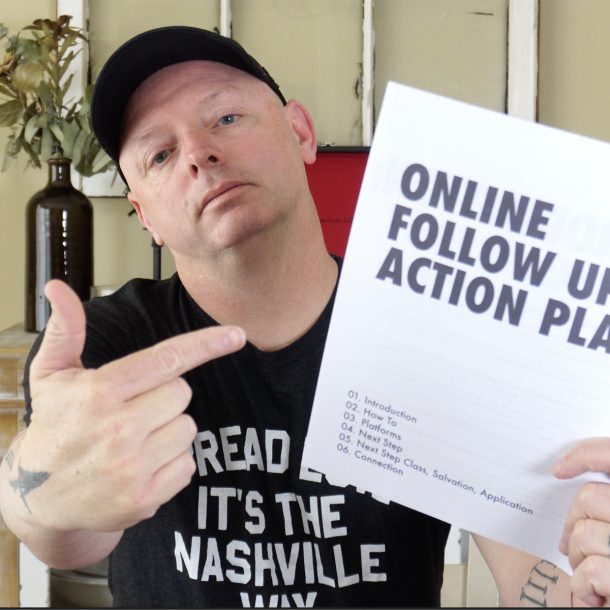In a recent article in the Harvard Business Review, author and professor Bruce Nussbaum beautifully articulated the power of creativity in our world today:
“Creative competence is like a sport. You can train for it and increase the capacities of yourself and your organization.”
But in our churches and with creative teams mostly filled with volunteers, how do we train effectively?
The fact that we’re in an organization that even sees the value of a “creative team” is a gift. In 2010, IBM did a now famous survey of 1,500 CEO’s and asked what the most valuable skill would be moving forward for organizations. The winner? Creativity. But only 9% of those CEOs have been able to put creativity into practice.
I think our churches get this concept. We are trying to be innovative and creative in service programming, user experiences in our lobbies, and in how we’re communicating. But is that enough?
- The first way to exercise creativity in our churches is to empower those who are in the trenches. Because most of us “wear more than one hat,” we see what needs to be adjusted and changed early. We can identify when what we’re doing isn’t working. That may not mean we have the answer, but we at least can identify the problem and get with others to start to problem solve. Responsibility without empowerment leaves us with a problem, but not the ability to adjust.
- Second, we have to trust. Not just trust blindly, but trust with data. When we identify areas for improvement, it’s important that we share the data then trust our “creative brokers” – those entrusted with and connected to the resources necessary to move the needle on creative ideas; to make the best decision. It may not always be the decision we think is best, but we have to trust they’re filtering all the data to deal with the most important issues.
- Third, it’s so important we’re seeking a blend of youth and seasoning. When we fail to backfill our organizations with young creatives, we’ll lose our ability to be innovative. Further, when we cut out the people who have some miles, we won’t have the wisdom necessary to actually execute the amazing and innovative ideas that the next generation are ready to share. It’s a fine and humbling balance. It takes trust both ways and a willingness to work together on a bigger goal.
- Fourth, are we creating engagement? If we’re not creating engagement to what we are doing, it isn’t working. For years, user experience was king. But regardless of how good the experience, if people aren’t connecting, using, and sharing that experience – or engaging it – we’re just making wall art. It has to share and has to be easy to engage with.
- Finally, have the conversation. If we’re going to employ these exercises, we have to set the expectations. With our teams, our volunteers, our boss – whomever. A big part of setting the expectation is defining the win in this conversation. When we know the target, we’re able to identify if what we’re doing is working or if we’re spinning our wheels.
So today, in your church or organization, what can you do to find ways to perform these exercises? We have to get better each week and these exercises can start us on the path. I would love to hear how you are going to start this process practically this week.



